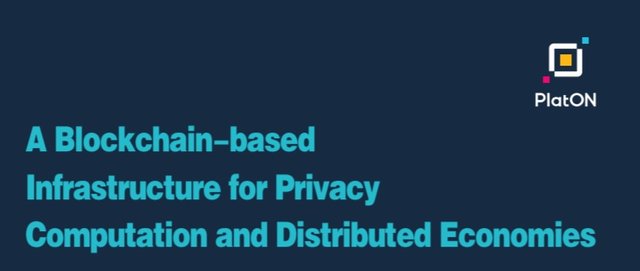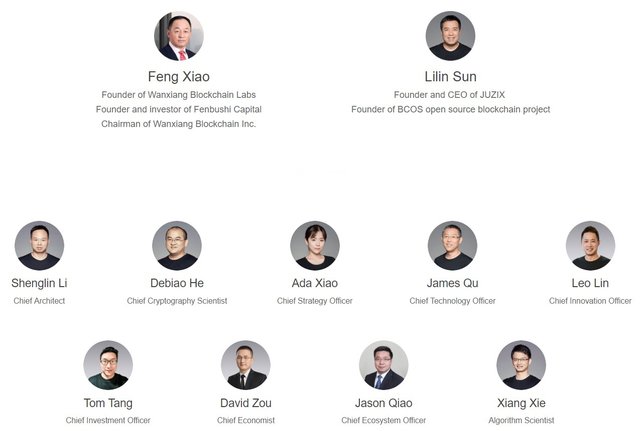Introducing PlatON: A High Efficiency, Trustless Computing Network

If you’re quite vast in the area of blockchain technology, you would be aware of its scalability issue. This single issue is essential to the consensus algorithm that the blockchain depends on for trustless computation and the validation of transactions. With more and more nodes taking part in a particular computation, there’s increased confidence that the results will be accurate.
Now, while that’s good news, there’s also a downside to that. The amount of resources put into the work and the time it takes to reach consensus increases tremendously with an increase in the number of nodes, causing a prohibition in blockchain’s global adoption. However, this is where the PlatON comes to the rescue using Verifiable Computation (VC) to get privacy, verifiability, and scalability in trustless computing.
What Is PlatON?
Being a next-generation computing design, PlatON aims to build a computing factory that gives you access to applications and resources that they have listed as services using its self-developed service marketplace.
With the way PlatOn’s architecture is built, they can develop a next-generation cleaning house that allows transparent and fast resolution of the dispute as well as the protection of privacy on an extremely high level.
Also, the platform’s technology can be used in enhancing authentication that already exists substantially. Plus, it can also help make better the reporting of credit, provision of global infrastructures for IoT devices, creation of social networks, and even data transaction applications.
What Solution Does PlatON Offer?
As mentioned earlier, PlatON uses a publicly Verifiable Computation scheme. This scheme lets the outsourcing of a function on an input by a computationally limited client to a worker. From there, the client can verify the accuracy of the returned function. This function evaluation is done with less work and resources.
The platform also offers privacy-preserving computing where secure HE and MPC are merged. This way, the privacy of data and the code are maintained while any operation is carried out.
Unlike other off-chain computing projects that are based on SGX/TEE, the data on the platform is secured without any boundary to trust.
Additionally, the PlatOn platform comes with a multiple application chain and the master chain. These individual chains are parallel to one another and work independently. While the multiple application chains are vertical chains gotten from the master chain in a bid to provide a solution to industry-specific issues, the master chain is the first chain of the PlatOn network.
With the platform having a service-oriented computing architecture, application developers can launch their app services on the network. This is coupled with the platform’s ability to provide basic services like computing network, storage, and data.
PlatON’s Energon
Every single application being operated on the PlatON network requires a specific amount of resources like data, storage, bandwidth, and computing power. Hence, to get a reasonable and fair utilization of these resources by users and also to make sure that they don’t abuse these resources, the platform uses a reasonable validation and dispatch of resources.
With Energon, PltOn can measure how these resources are used. Plus, it is also the computing energy that drives the entire network. Even more, Energon can be created by each application on PlatON.
Users on the PlatOn network only require a single unified account for using and managing their Energon. Plus, they can transfer Energons of various chains freely across the network.
The PlatON Roadmap
The phase 1 of the PlatOn project (Dawn) started in the fourth quarter of 2018 with Baleyworld. During this period, a complete RELOAD overlay network and blockchain services were implemented, with support for VC, meta smart contracts, and service discovery.
In the third quarter of 2018, the platform’s primary network went live, with complete support for Giskard consensus, updated VC, and MPC.
Phase 2 of the PlatON project (Sail-out) will start in the 4thquarter of 2019, where the platform will launch a version that enables off-chain parallel computing. And, by the second quarter of 2020, there will be the launch of a computing specific hardware, and the platform will fully support the co-evolution of software and hardware for the computing world of the future.
Team

Advisors

To Wrap It Up
The PlatON network is still in its early stages, so it might not be as comprehensive as you need it to be. However, from its outline, the platform is working towards being a next-generation computing architecture.
Links
Website: https://www.platon.network/
Whitepaper: https://www.platon.network/static/pdf/en/PlatON_A_High-Efficiency_Trustless_Computing_Network_Whitepaper_EN.pdf
Twitter: https://twitter.com/PlatON_Network
Facebook: https://www.facebook.com/PlatONNetwork/
Telegram: https://t.me/PlatONHK
PS A sponsored article written for a bounty reward.
Bounty0X username: startm
Congratulations @oschum6! You received a personal award!
You can view your badges on your Steem Board and compare to others on the Steem Ranking
Vote for @Steemitboard as a witness to get one more award and increased upvotes!